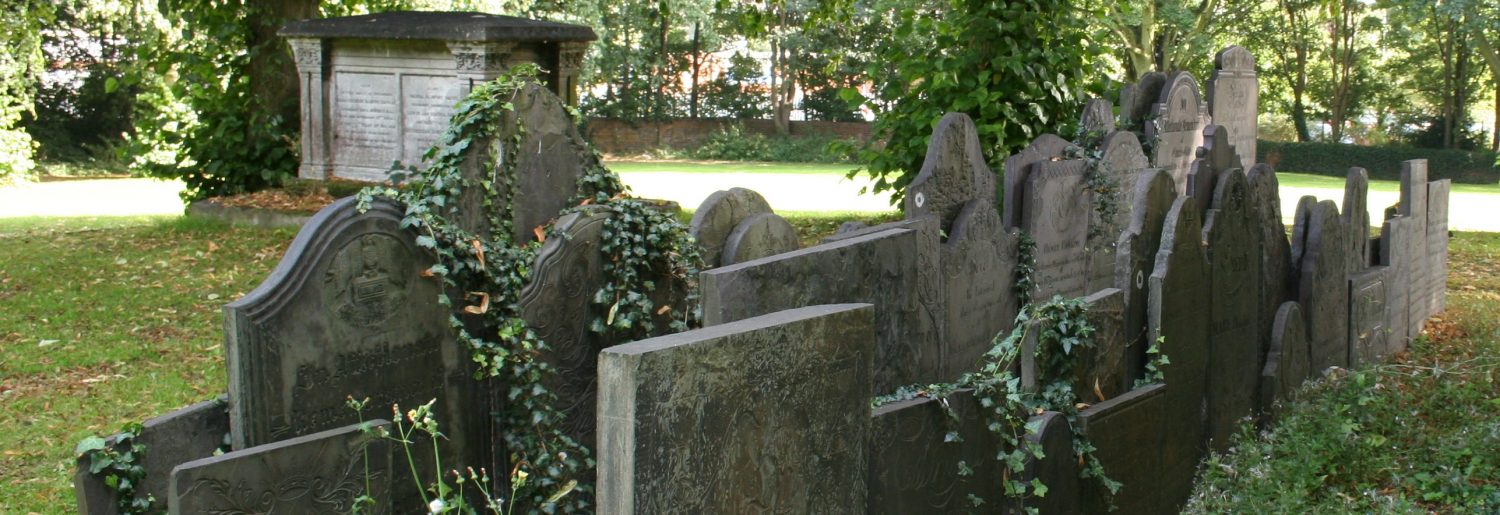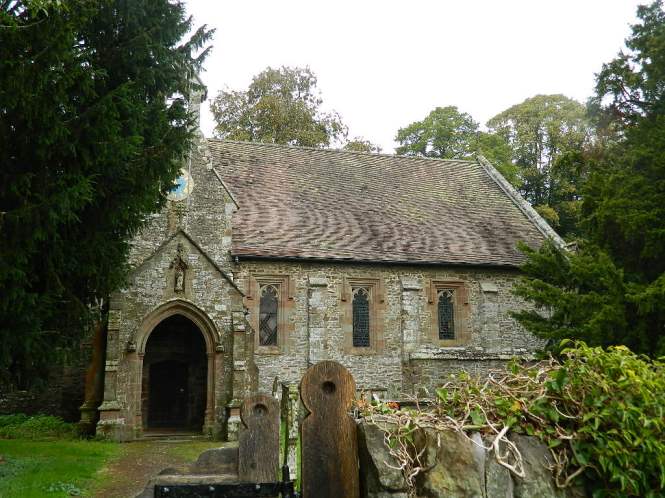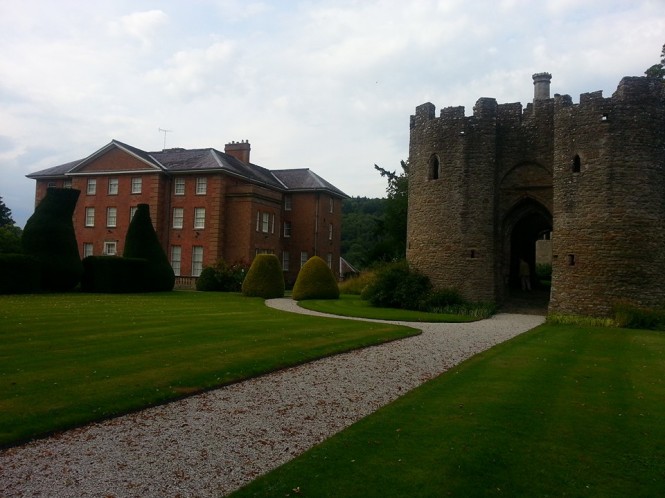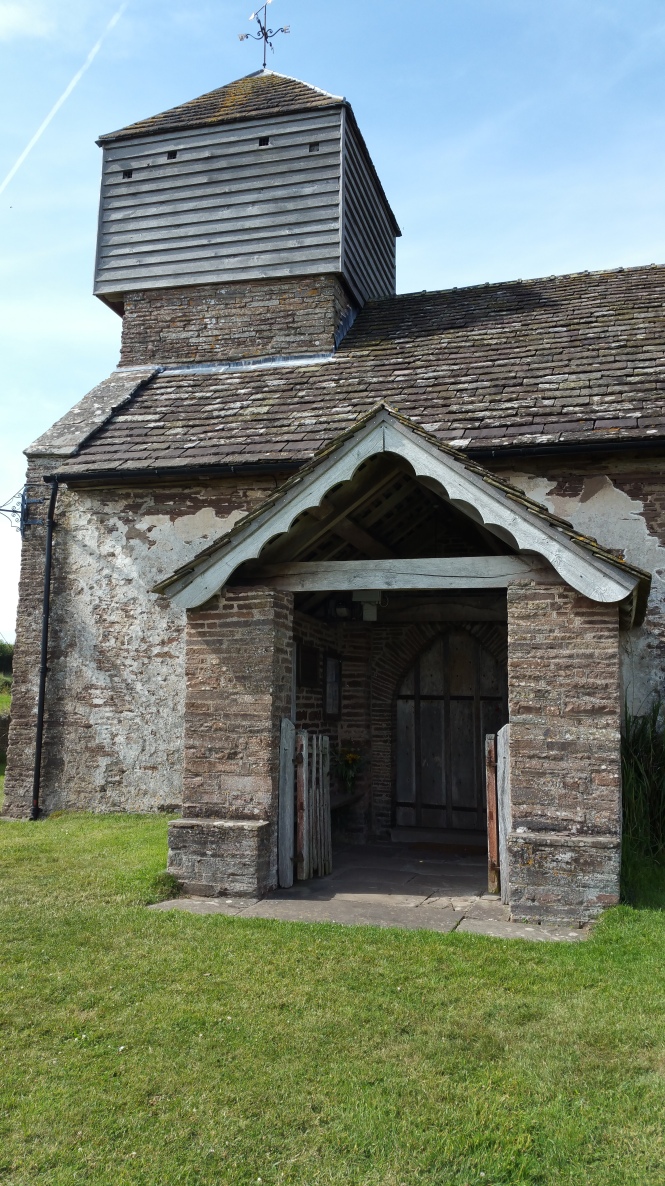Another one of the churches that I visited on 17th July 2017. St. Clydawg lies in the parish of Clodock and Longtown in Herefordshire, not far from Abbey Dore (still in the Golden Valley). It is an early church; a church has stood here to St. Clydawg from around 500 A.D. The unusual name is for one Clydawg, the son of Cledwyn, King of Ewias, who was murdered; when he was buried, the oxen pulling the cart refused to cross the river Monnow, so he was buried near the river bank. He was regarded as a martyr and people began to worship at his tomb; the church was built and a settlement grew up around it, called Llan (enclosure) Y Merthyr Clydawg, or Clodock. The church was restored in the seventeenth century, and today has a lot of seventeenth-century surviving material, hence my visit. As with my previous Abbey Dore blog post, the rest of this is primarily photographs with the occasional explanatory text.
If you’d like to visit St Clydawg, then the details can be found here.
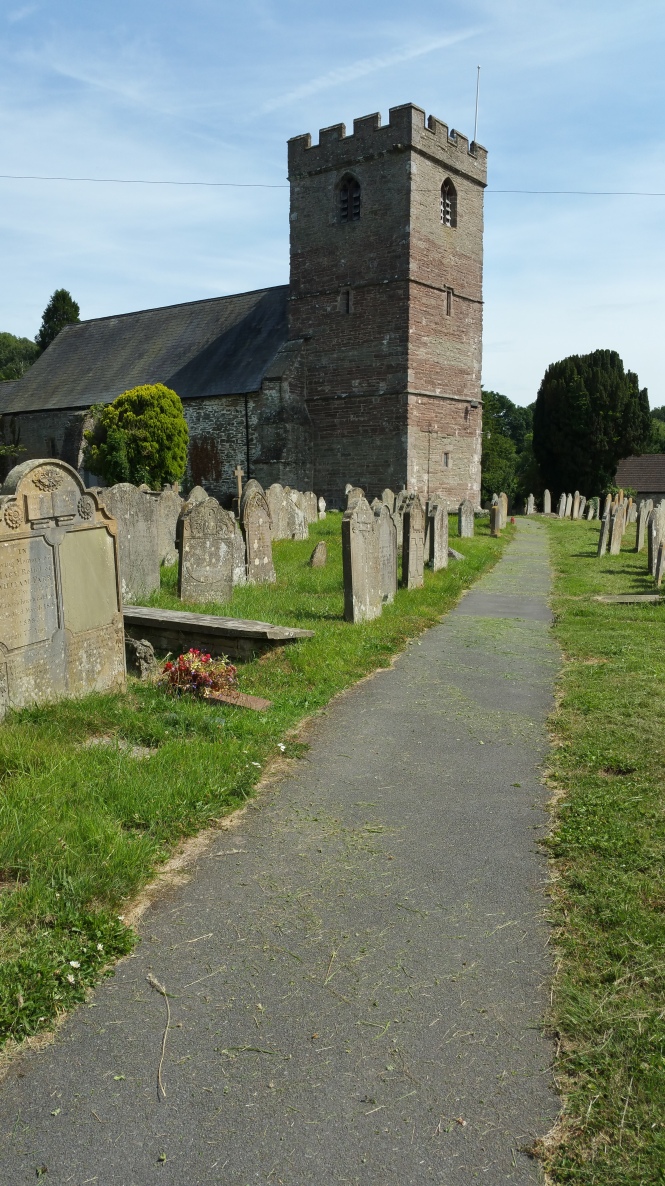
The path leading up to St Clydawg, or St Clydog, from the road and Lychgate (which is a modern reproduction of the original).
Continue reading →

